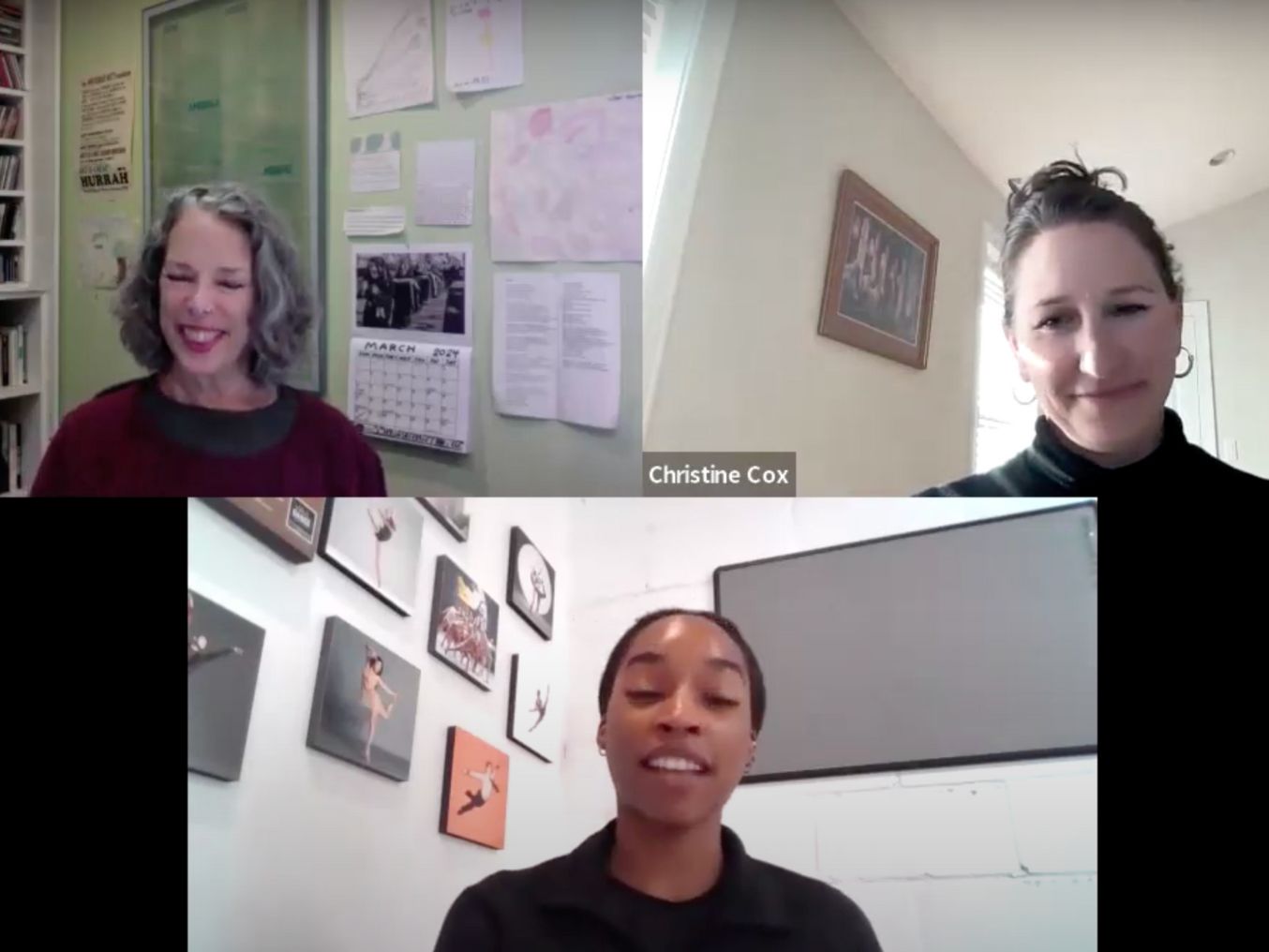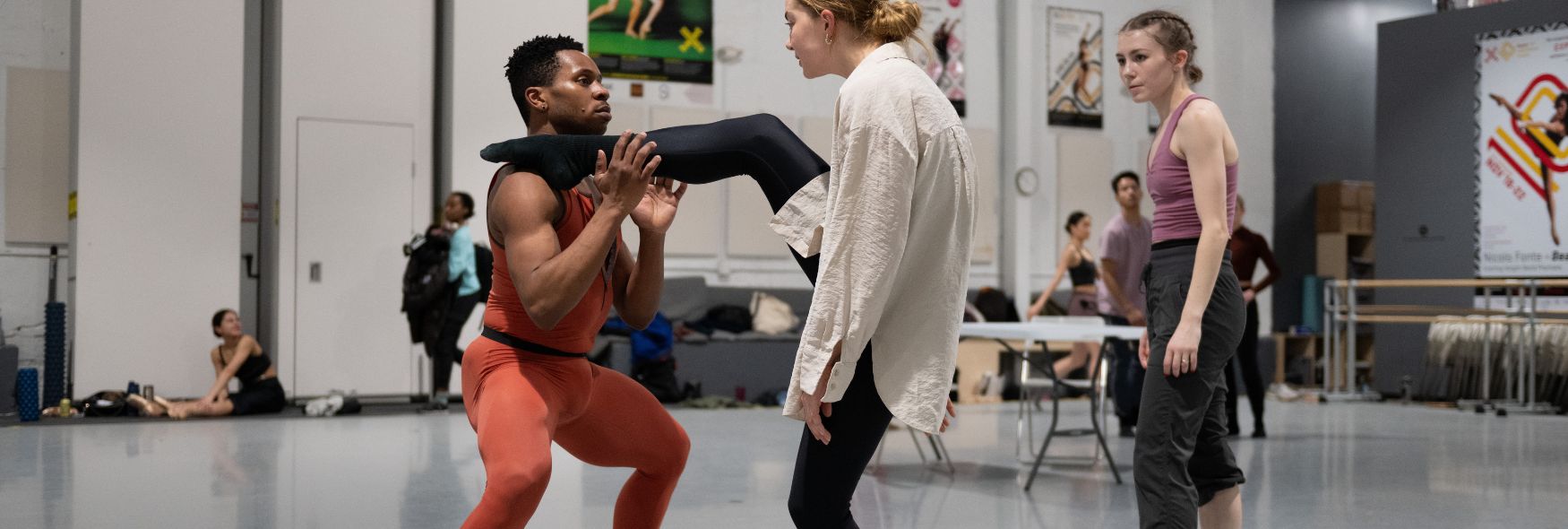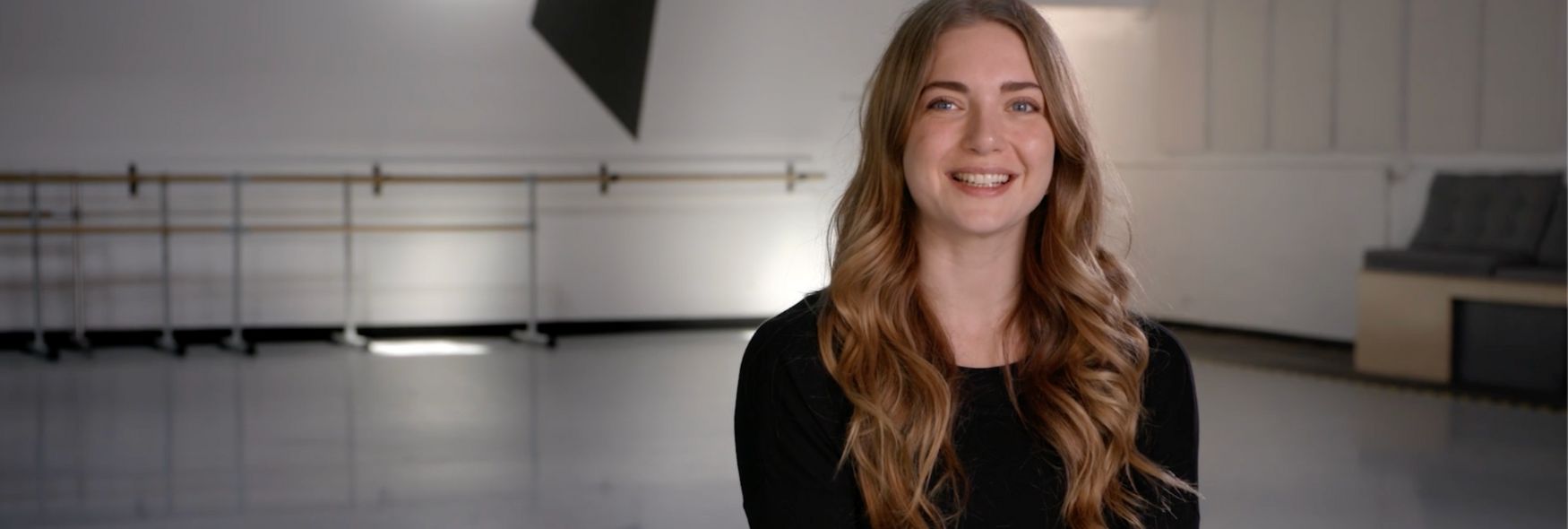This week we had the pleasure of talking with composer Rosie Langabeer about her upcoming world premiere with BalletX in Summer Series 2018 at The Wilma Theater, July 11-22. Penny Saunders and Rosie Langabeer’s world premiere collaboration blends found sound, haunting melody, and a live music trio, featuring Tara Middleton (Sun Ra Arkestra) and Gregg Mervine (West Philadelphia Orchestra) to explore transience and permanence, destiny and free will.Langabeer is a Barrymore Award winner for Outstanding Music and Musical Direction, and co-created Matthew Neenan’s Sunset, o639 Hours (2014).
How did you become interested in music?
From my parents, both were musicians: one jazz, one classical.
How did your upbringing influence your musical style?
We were a very creative family. My mother did a lot with a little and I was a very happy middle child. This has influenced my music in many ways: I like to use what I’ve got in as many ways as I can, I like to be in the middle of a group, and I like the people I work with to be happy.
Describe your musical style in 3 words:
Experimental, moving, irreverent.
What are some of your favorite instruments or sounds to work with?
I have no particular favorites, it’s more about the combinations and the context. I love working with another musician’s sounds and discovering what’s unique about our sounds together.
How do you blend electronic vs. classical sounds to adapt to the modern musical world? And can you talk about “found sounds” and what part they play in your music?
I think of it all as sound, to be played with, just like food…some food traditionally goes together and is perfect that way, but with modern global food fusion we constantly discover many new delicious ingredient combinations, also through food science and technology we can incorporate totally new ingredients…but the bottom line is that it has to taste good.
What is unique about working live?
There can be improvisation within the structure. We can discover new micro-moments of connection between the dancers and the musicians and really support each other in each moment.
Can you talk about the music scene in Philadelphia, and how it has influenced your work?
The musicians I have met here live in a thriving world of experimental and boundary pushing music; Philly has the Sun Ra Arkestra, Fire Museum Presents, Bowerbird, Ars Nova plus so much more going on in so many genres of music – it is similar to the scene in NZ, only way more vast. I think what is exciting about Philly music that you don’t find everywhere is the desire for socially conscious events and activism.
You experiment with so many different genres of music, and you glide so effortlessly between them. What can the audience expect from this upcoming performance? Is there one specific genre you’re working on, or does it change?
Using pizzicato strings, violin, piano and drumming on household items, we are creating an oppressive, sombre, haunting vibe, the feeling of being stuck in a loop, the cyclical nature of family life and the feeling of the weight of the world on Mom’s shoulders; she’s the one in our story who is most in demand to deal with all the family’s adversities. We offset this vibe with moments of love and joy….because…how else do we survive….right? I mean… it’s not all bad…right?…please can it not all be bad…?
Are you singing original lyrics, and if so, where did the inspiration behind them come from?
We have a 1950s love song we wrote about being so in love you can’t tell what day or even what month it is. It was inspired by conversations between myself and Penny Saunders, the choreographer, about what we would make together.
What is it like from your perspective, seeing the dancers breathe new life into your music with their movements?
It is an amazing experience having these dancers move to the music – it seems to complete the music for me. When I make music for dance I am leaving space in there for the elements that the movement brings to the whole experience. I don’t want the music to dominate, I want the combination to be greater than the sum of its parts.
In this piece, is the music a mirror of the movement stylistically and emotionally? Do they complement and/or contrast each other?
A bit of both.
Where does the inspiration for the melodies and sounds come from?
This is a domestic piece, about a family and the adversities of motherhood. I wanted to use domestic sounds, so I have been recording sounds around the houses where I have been staying, drawers opening and closing, the sound of a child running around the house, the clock on the wall, the ceiling fan, the fridge hum, doors, light switches…much of the note content is influenced by music Penny sent me, music that she finds choreographically inspiring.
What does it feel like to see the work evolve and then when you arrive at the finished product? How do you know when a composition is complete or finished?
A premier is a great deadline and in some cases there are still some adjustments that happen afterwards. Having a two-week run is a great way to solidify the work and to step back and see it all in action. For me there is always something that could be better; because I am a process-focused creator I have found it helps to have others around who are not involved in the process and who see it as complete or finished.
How do you and Penny communicate about the goals and themes of the work?
We check in with each other in person at the rehearsals and over the weekend by phone. Some goals we identified already and other goals are yet to be discovered as we generate sound and movement, developing the language and the world of the piece, latching on to what is really moving us as creators.
How is this piece different from any of your other work?
I’m working with Gregg Mervine and Tara Middleton and they both bring their own worlds of style, skill, and experience to the mix. Also we the musicians are less of a focal point this time: we are lurking in the shadowy end of the kitchen, meddling with our sense of time and emotion.
And what is special about working with BalletX?
There is so much support, I feel confident as an experimental composer to take risks and develop my process.
Don’t miss Rosie’s music in Penny Saunder’s upcoming World Premiere at BalletX Summer Series 2018 at The Wilma Theater, July 11-22.
Visit http://www.rosielangabeer.com/ to learn more about Rosie’s work.


